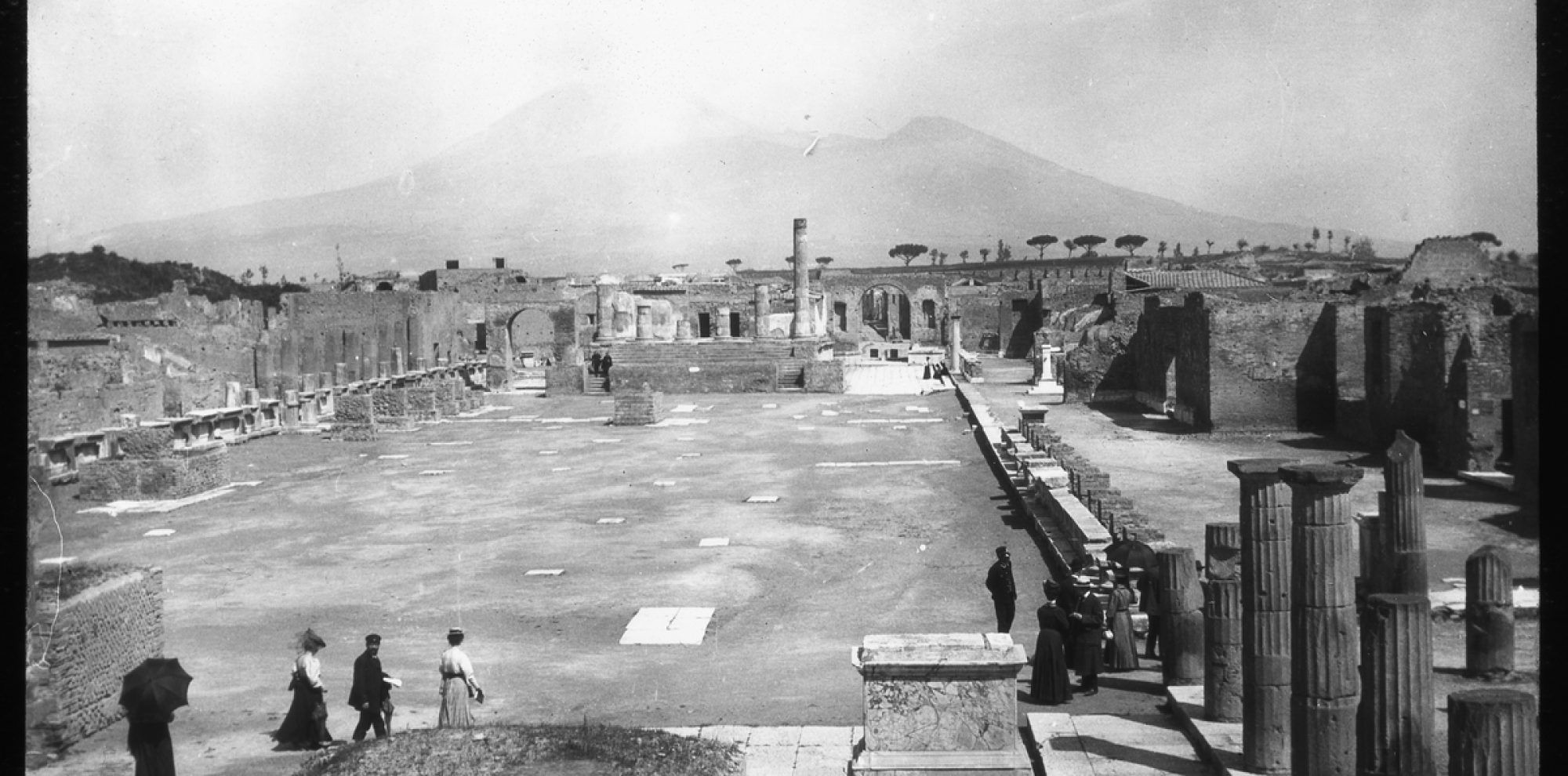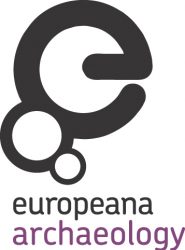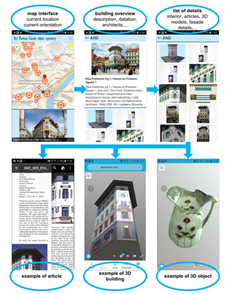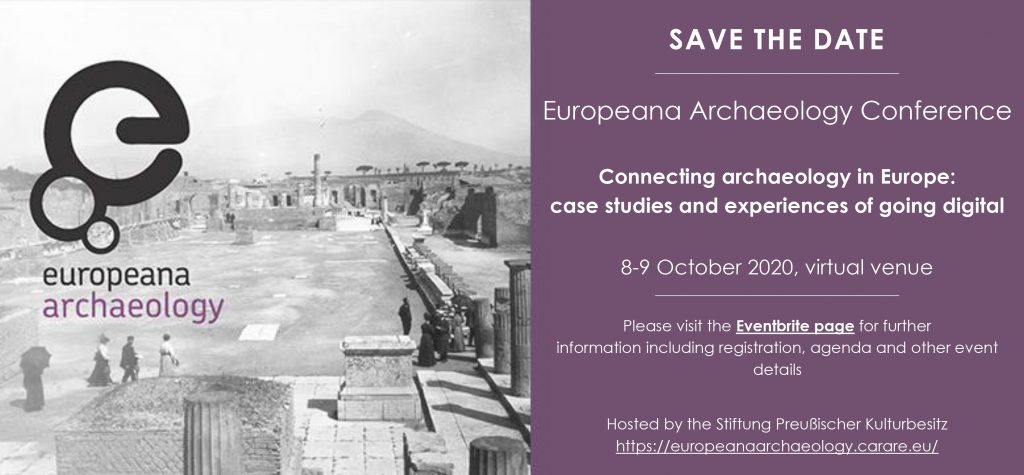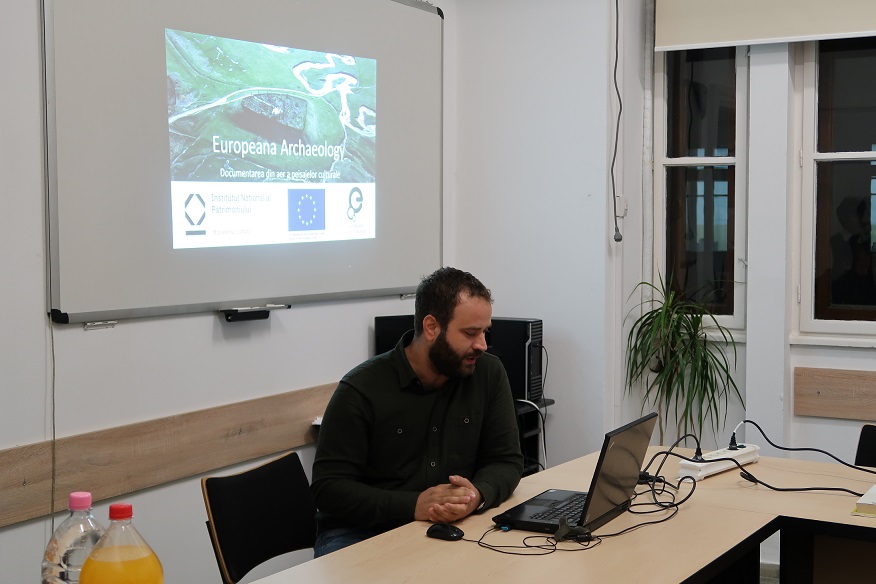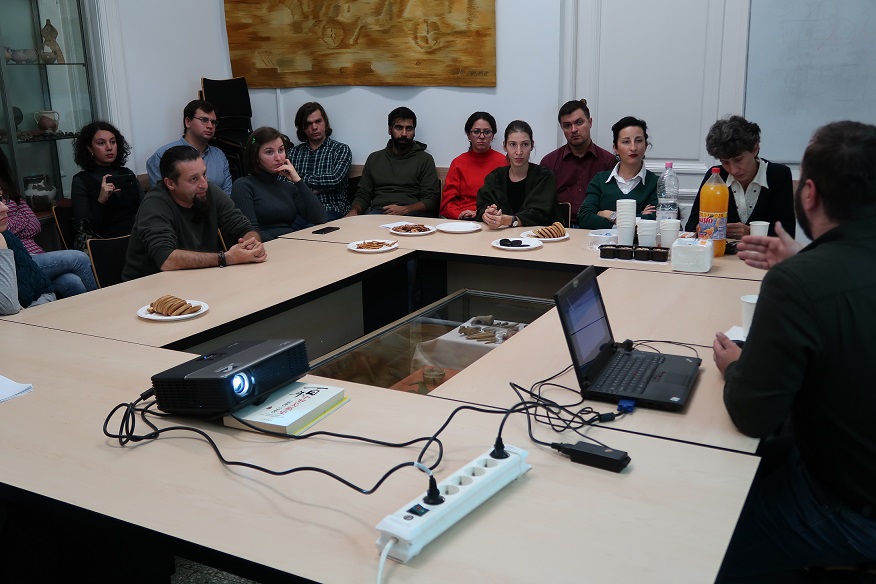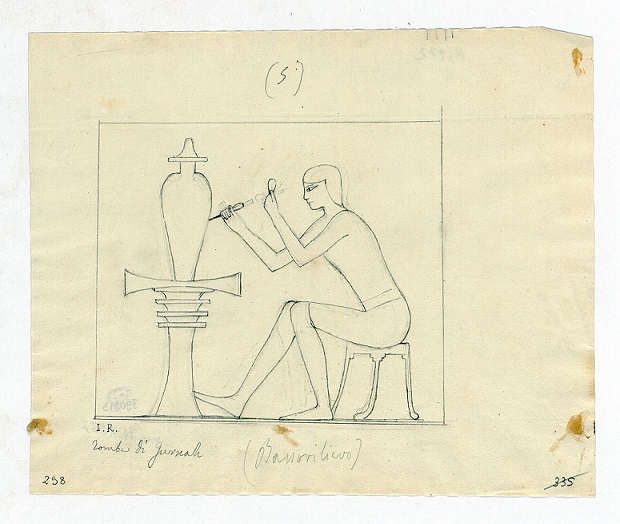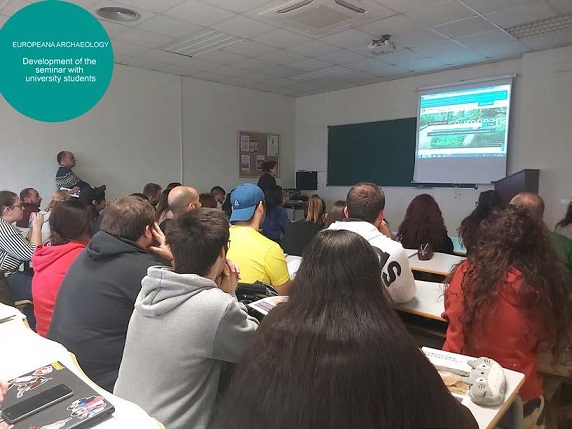The international open access scholarly journal “Archeologia e
Calcolatori”, edited by the Istituto di Scienze del Patrimonio
Culturale (CNR) and now in its thirtieth year of publication, is
focused on the theoretical and methodological aspects of
archaeological computing.
Since 2005, the journal has been a member of the Open Archives
Initiative, also supporting a more experimental commitment to the
dissemination of scientific contents online.
Within Europeana Archaeology project, of which the Central Institute for the Union Catalogue of Italian Libraries and Bibliographic Information (ICCU) is a partner and acts as aggregator of digital resources, the journal has provided over 930 digital resources, for a total of almost 15,000 pages, now published and available for consultation on Europeana. Making these contents accessible through Europeana constitutes a further step forward in the culture of Open Science.
For further information: http://www.archcalc.cnr.it/
In addition is available online the post
La rivista “Archeologia e Calcolatori” su Europeana
https://www.ispc.cnr.it/it_it/2020/07/08/la-rivista-archeologia-e-calcolatori-su-europeana/
